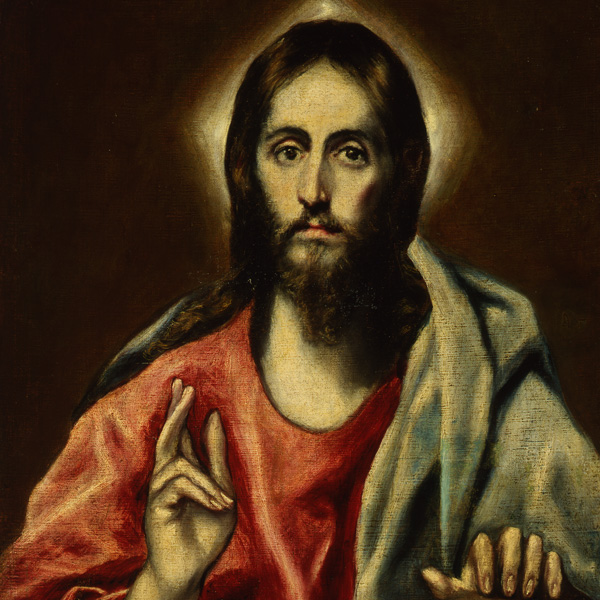The birth of the Parmeggiani Art Gallery is associated with the lives of two singular fin de siecle figures, the collector and art dealer Luigi Parmeggiani and the Asturian artist Ignacio Leon y Escosura. Born near Reggio Emilia in 1860 and introduced in anarchical circles since his youth, Parmeggiani was allegedly involved in the attempt on the lives of two members of parliament from the Socialist Party in 1889. Fleeing from the Italian police who were after him, he found refuge in London where he met the Spaniard Escosura, the owner of a Gallery of objets d’art and painter of historical scenes reconstructed in his atelier using costumes, objects and furniture which he himself gathered and collected.
Thereafter, the bond between Parmeggiani and Escosura grew stronger in Paris through the management of the “Louis Marcy Maison” antiques Gallery, owned by the family of Madame Escosura, whose maiden name was Marie Therese Augustine Filieuse Marcy. The Gallery business was linked with the craft production of antique-style objects. These were veritable author’s fakes designed by Escosura by combining the details of celebrated antique items, and manufactured by extremely skilled craftsmen. Marcy fakes, nowadays particularly appreciated and sought-after as collector’s items, are first and foremost objects inspired by the Medieval and Renaissance world. The works are in metal embellished with enamels and semi-precious stones and decorated with coats of arms. On Escosura’s death in 1902, his widow started a relationship with Parmeggiani, who changed his identity and adopted that of the illustrious Louis Marcy. He replaced the Spanish painter in dealing with fake Marcy works and managed to place numerous items in some of the most important public and private art galleries of the time. In 1920, Luigi Parmeggiani married Anna Detti, Madame Escosura’s niece and daughter of the painter Cesare Detti from Spoleto, and returned with her to Reggio Emilia in 1924. They brought back with them from France an artistic fortune made up of the furniture, costumes, fabrics and paintings from Ignacio Leon y Escosura’s private collection and the craft works inherited from the Marcy workshop. The Parmeggiani Art Gallery is housed in a bizarre building in Gothic-Renaissance style commissioned by Parmeggiani specifically for this purpose to a design by the engineer Ascanio Ferrari. The entrance to the Gallery is through a fifteenth century portal from the Morel Palace in Valencia.
In 1932 Anna and Luigi Parmeggiani sold the building and the entire collection to the Municipality of Reggio Emilia in exchange for a life annuity on the opening of the Gallery. Luigi Parmeggiani died in 1945 and his wife Anna in 1954. During the 1988 restoration works it was decided that the layout and displays designed by Parmeggiani would be maintained, as they were directly inspired by his sales Gallery in Paris and provide an invaluable testimony of the eclectic taste of the late 19th century.
Access to the Gallery is through a Hallway which houses a collection of marbles and terracotta works in the style of Renaissance palace entrance halls.
The Arms Room collection is divided in three sub-groups. The first consists of a range of small swords datable between the 17th and 19th centuries; the second contains arms made around 1840 in Renaissance style; and the third has items datable between 1870 and 1880 attributable to the Marcy workshop.
The Jewellery Room has displays of goldsmith’s items from the Marcy production crafted between the late 19th century and the early 20th century and styled in Medieval and Renaissance forms. The Costumes Room has displays of ladies’ clothes from the 17th and 18th centuries and gentlemen’s clothes dating between the 18th and 19th century, some of which are three-piece suits typical of the style of that period. There is also a particularly interesting shoe collection. Furniture, sculptures and furnishings – sacred and profane – can be seen in the Central Hall next to a group of Marcy goldsmith’s productions displayed in the cabinets situated in the centre of the hall. The paintings on display carry brass plates inscribed with the painter’s names as originally attributed by Parmeggiani. The finest and most valuable works include Christ as Saviour, reliably attributed to El Greco, as well as paintings by Italian masters such as Andrea Celesti, Giovanni Francesco Romanelli and Gianbettino Cignaroli. A particularly interesting item in the Central Hall is the gentleman’s suit in crimson silk with leather trimmings datable to the 17th century.
The Detti Room displays works by the painter Cesare Detti, who moved to Paris from his native city of Spoleto. The paintings portray members of the Marcy-Escosura-Parmeggiani family dressed up in evocative historical garments.
The two Escosura Rooms contain numerous paintings of historical settings in which the presence of objects from the collection itself can be detected. The smaller room contains a collection of portraits of Escosura’s family members and friends and a number of landscape paintings.
The Flemish Room and the Franco-English Room have important paintings on display for which modern research is able to offer a more convincing attribution and stylistic definition.
The collection in the Spanish Room contains a number of important 15th and 16th century panel paintings; the painting Il matematico (The mathematician) by Jusepe de Ribera, known as Spagnoletto, painted in 1644 is worthy of note.
The Velvets Room contains historical items and vestments as well as a number of finely crafted and high quality 19th century copies.

